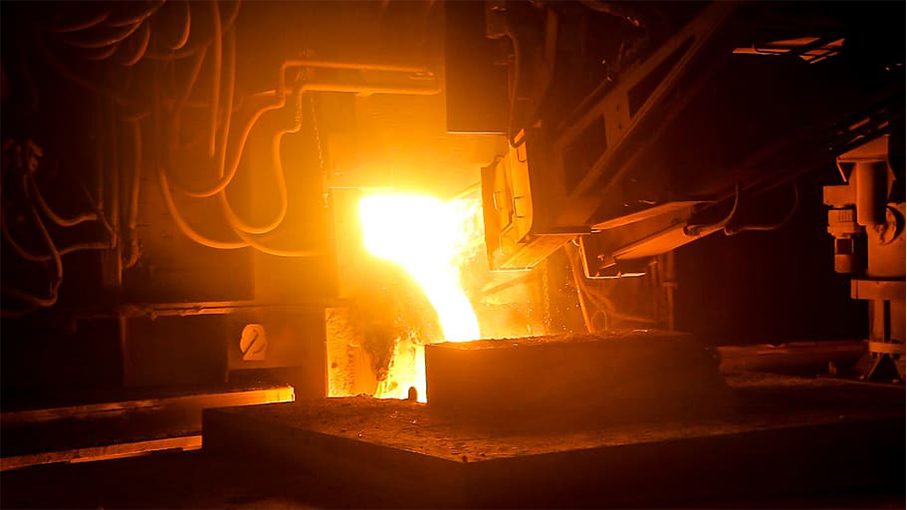Burning Management Systems monitor and control combustion equipment in large process and power generation plants.
A BMS or Burner Management System, is a control system used to ensure the safe start-up, operation and shutdown of process burners. A BMS manages the start-up, cleaning, normal production run and shutdown sequences. Typically, it is integrated as a local cabin in a package type architecture. The I/O signals automatically generated by the BMS are typically offered on the control network for use by PLC, DCS, ESD, or SCADA.
It is typically used in Oil & Gas, Power Generation, Chemical, Manufacturing, Steel and other sectors. It reduces maintenance and it improves operating time providing a safe environment for boiler and system personnel. Burner Management Systems are produced according to national and international safety regulations (NFPS, ISA, IEC, ATEX).
BMS are extremely useful for keeping risks and incorrect operation under control during the start-up, operation and shutdown of power and recovery boilers, furnaces, incinerators or any other process using equipment involved in combustion applications. Such systems are key factors for process and plant safety, but they are also a flexible solution that improves process efficiency and fuel economy.
How it works?
The proper functioning of a BMS is essential for the safety of a boiler. A BMS monitors and controls the main lighters burners; it uses actuators and safety intercept valves, end-run switches, positioners, pressure meters, temperature, flow; it uses blowers to cool the scanners and to provide air combustion of lighters.
The Burner Management System inhibits the start-up or stops the flow of fuel to the burner when safety conditions are not met. It also monitors the burner to detect unsafe operating conditions, it protects against unsafe operating conditions and manages shut-off interrupters.
How many problems can solve?
A BMS improves plant uptime, reduces total cost of ownership and ensures regulatory compliance compared to relay or generic PLC based applications. BMS improves personnel safety by eliminating the need to access old relay boxes located in high temperature areas of the boiler. They protect against unsafe operating conditions and the admission of improper amounts of fuel into the furnace. These are essential safety information to operators.
BMS make heating environments significantly safer. They protect personnel and heating equipment such as boilers and ovens from damage and malfunction. In addition, they keep the building in which the equipment is used, as well as their immediate vicinity, less prone to unforeseen events. They also reduce the potential for steam or fuel explosions in any existing fuel heating system. BMS can be used with any fuel-fired equipment (coal, natural gas, biomass, fuel oil, etc.)
History and evolution of BMS
Burner Management Systems were originally completely manual. The explosions and injuries were unfortunately not common at all. The advent of flame scanners and relays, which rapidly evolved into electronic systems using non-programmable hardware, improved the situation. Some protection systems provide minimal information on burner shutdowns, using a very simple basic burner management logic.
The next step was the development of microprocessor based BMS. These provided more information through display modules on the burner shutdowns and the sequence of events that leaded to faults. These systems spread into the smoke tube oiler market and many are still used today.
The next phase of development has as protagonist BMS based on PLC, more versatile and powerful than relay-based or microprocessor-based systems. The first BMS based on PLC used light spots, buttons and control selectors. Current ones include Human-Machine Interfaces (HMI) and increased communication capabilities.
As BMS systems have evolved, so have standards and best practices. In particular EN50156-1 regulates electrical equipment for furnaces and auxiliary equipment, NFPA 85 (Boiler and Combustible System Hazard Code) covers boilers providing less than 12.5 million BTU/Hour; NFPA 86 (Standard for Ovens and Furnaces) covers practically all applications other than boilers. UL 795 (Commercial industrial gas heating Equipment) applies to system providing less than 400.000 BTU/hour, while UL 508 (Industrial Control Equipment) regulates construction standards. Generally accepted design standards may vary by manufacturer
Advantages of BMS based on safety PLC
Safety PLC are specifically designed to be reliable though integral redundancy. When applied to BMS, safety PLC provide significant benefits. By providing reliable and proven safety logic for PLC inputs and outputs, they ensure that the control logic for critical inputs is designed correctly. In addition, they ensure that the safety valve outlets operate correctly and are not subject to failure.
With proper implementation, safety PLC based on BMS exceed NFPA requirements in terms of programming and meet SIL2 and SIL3 functional safety standards. They integrate with other PLS systems for high level communications and are compatible with standard operating systems. Safety PLC based BMS provide users with the highest protection at costs equivalent to standard PLCs.


